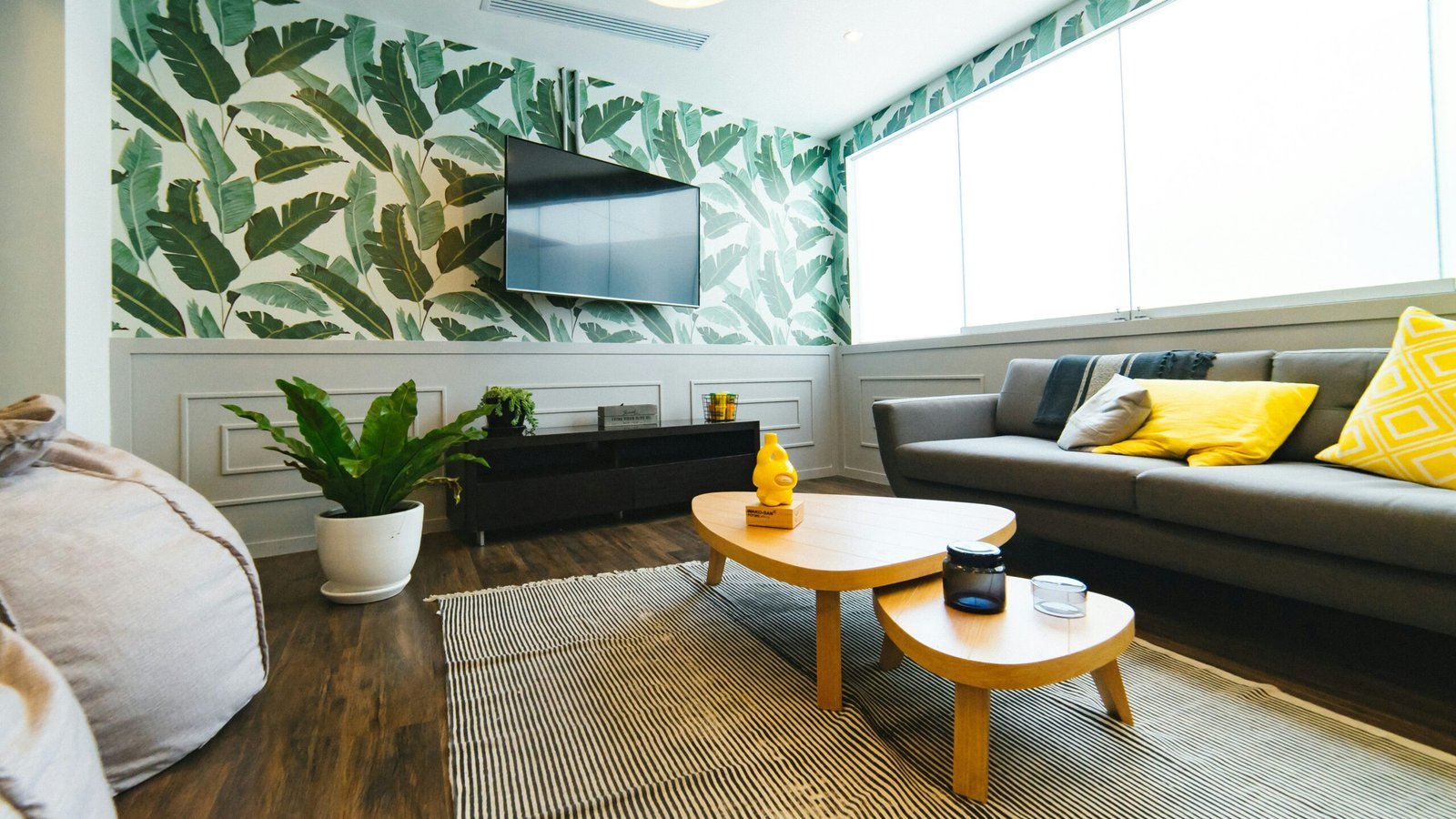In the hustle and bustle of our modern lives, the spaces we inhabit have a profound impact on our overall well-being and productivity. Whether it’s a cozy home or a dynamic workplace, the design and aesthetics of indoor spaces play a pivotal role in shaping our experiences. This article delves into the art of investing in creating beautiful indoor spaces, exploring how thoughtful design choices can enhance well-being and boost productivity.

The Psychology of Indoor Spaces
Our surroundings have a direct influence on our emotions, stress levels, and overall mental well-being. Studies consistently demonstrate the psychological impact of factors such as color, lighting, and layout on our mood and cognitive functions. Investing in creating a beautiful indoor space involves understanding these dynamics and using them to our advantage.
Colors, for instance, can evoke specific emotions – cool tones like blues and greens promote calmness, while warmer tones like reds and yellows can energize a space. Thoughtful lighting design, balancing natural and artificial light, contributes to a harmonious atmosphere. Open layouts encourage collaboration and creativity, while well-defined spaces can enhance focus and productivity.
Investing in Quality Furniture and Decor
The furniture and decor within a space are not merely functional elements; they are integral components of the overall aesthetic. Investing in high-quality, durable furniture pays dividends in the long run. Timeless pieces not only withstand the test of time but also add a sense of sophistication and value to the indoor environment.
Decor elements, from artwork to accessories, contribute to the personality of a space. These elements can reflect the occupant’s taste, creating a sense of identity and ownership. Choosing decor that aligns with the overall design theme enhances the cohesiveness of the space, creating a visually pleasing and inviting atmosphere.
Green Spaces for Enhanced Well-being
The incorporation of indoor plants has become more than a design trend; it’s a movement toward holistic well-being. Studies show that indoor plants improve air quality by reducing pollutants and increasing humidity, creating a healthier living or working environment. Beyond their physical benefits, plants have a psychological impact, promoting relaxation and reducing stress.
Investing in green spaces involves selecting plants that thrive indoors and suit the specific conditions of the space. Low-maintenance options such as snake plants, pothos, or succulents make it easier for individuals to enjoy the benefits of indoor gardening without a significant time commitment.
Innovative Technology for Smart Spaces
As technology continues to advance, incorporating it into the design of indoor spaces has become a key aspect of modern living. Smart home and office technology not only add convenience but also contribute to the overall aesthetics of a space. Automated systems for lighting, climate control, and security enhance the user experience, creating a seamless and efficient environment.
Investing in smart technology involves careful consideration of the specific needs and preferences of the occupants. From voice-activated assistants to energy-efficient appliances, the integration of technology should enhance the functionality and comfort of the indoor space.
Balancing Aesthetics with Functionality
The true art of investing in beautiful indoor spaces lies in finding the delicate balance between aesthetics and functionality. While a visually stunning space is undoubtedly appealing, it must also serve the practical needs of its occupants. Versatility is key, allowing a space to seamlessly adapt to different activities and functions.
Thoughtful design considers the flow of movement, the placement of furniture, and the utilization of available space. Creating zones for specific activities, such as relaxation, work, or socializing, ensures that the space remains dynamic and responsive to the diverse needs of its users. Striking this balance results in an environment that is not only beautiful but also purposeful.
The Financial Benefits of Investing in Indoor Spaces
Beyond the immediate visual and experiential benefits, investing in creating a beautiful indoor space can have substantial financial advantages. Properties with well-designed interiors often command higher resale values. Similarly, workplaces that prioritize aesthetics and comfort witness increased employee satisfaction and productivity.
Case studies abound, demonstrating how businesses that invest in creating appealing workspaces experience reduced turnover, increased employee morale, and improved creativity. Homeowners who invest in quality interior design find that their properties are more attractive to potential buyers, translating into a higher return on investment.
In the quest to create a truly comprehensive and health-conscious indoor environment, incorporating advanced air filtration systems emerges as a pivotal element. Investing in state-of-the-art air filters goes beyond aesthetics; it addresses the fundamental aspect of indoor air quality. These filters efficiently capture and eliminate airborne particles, allergens, and pollutants, fostering a healthier living or working space. The integration of cutting-edge air filtration technology aligns with a growing awareness of the impact of air quality on overall well-being. As we invest in the art of designing beautiful indoor spaces, prioritizing air filtration adds a layer of care that not only enhances visual appeal but also ensures that the air we breathe is pure and refreshing. It’s a testament to the holistic approach of creating spaces that not only please the eye but also prioritize the health and comfort of their occupants.
Conclusion
In the art of investing in creating beautiful indoor spaces, it’s clear that the benefits extend far beyond the superficial. Thoughtful design choices, from the selection of colors and furniture to the integration of technology and greenery, contribute to an environment that enhances well-being and boosts productivity.
As we navigate the demands of our daily lives, the spaces we inhabit become crucial sanctuaries and hubs of productivity. By recognizing the value of investing in the artful curation of these spaces, we not only create visually stunning environments but also cultivate a foundation for improved mental, emotional, and financial well-being. The art of investing in beautiful indoor spaces is, indeed, an investment in the quality of life.







